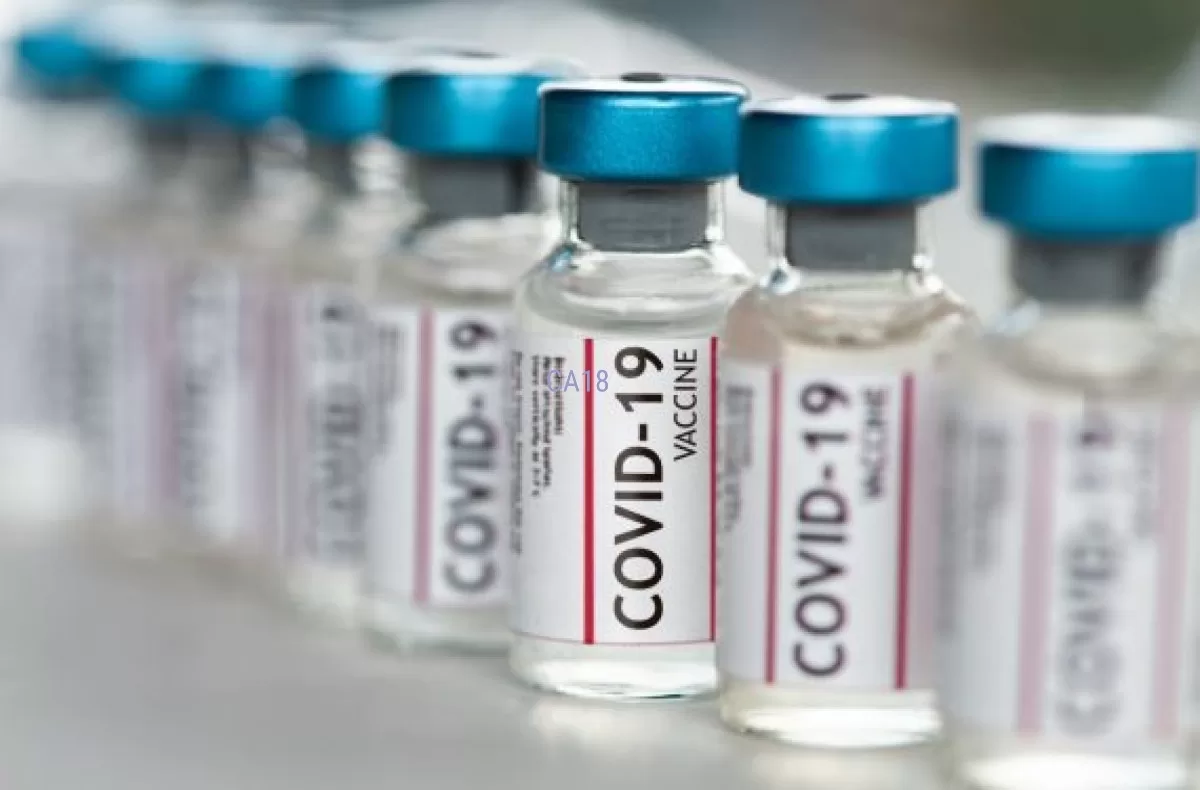Relatives of the American actor have announced that he suffered from frontotemporal dementia, a neurodegenerative and incurable disease.
After the 67-year-old American actor and producer ended his career in March 2022, Bruce Willis’ family announced on Thursday that he has frontotemporal dementia. But what is it?
Frontotemporal degeneration (FTD), also called frontotemporal dementia or Pick’s disease, is a rare neurodegenerative disease, indicates the institute of the brain (ICM), a major research center located at the Pitié-Salpêtrière hospital in Paris.
FTDs are sometimes associated with Alzheimer’s disease, although in the latter it is the memory that is affected, recalls the France-DFT association. In the case of DFTs, social behaviors as well as language are affected.
“The onset of the disease is insidious”
Because there are several forms of the disease, explains to BFMTV.com Isabelle le Ber, neurologist at the Pitié-Salpêtrière hospital and researcher at the ICM within the molecular bases, physiopathology and treatment of neurodegenerative diseases team. “There are behavioral forms, which are the most common, and another linguistic one. We then speak of primary progressive aphasia.”
The patient may thus present difficulties in pronouncing words, suffer from a loss of vocabulary, problems of comprehension or difficulties in identifying objects or people. As was the case for Bruce Willis: last year, the star’s relatives announced that he suffered from aphasia which affected his cognitive abilities.
Among the first signs: apathy, change in personality, indifference to emotions and others. “In the early stages of FTD, the behavioral disturbances are discreet and can evoke the effects of fatigue, stress”, warns the ICM on a page devoted to symptoms and diagnosis.
More noticeable symptoms
The cause of the disease: dysfunction of the frontal and temporal regions of the brain. Regions that are involved in social behavior, but also taking initiative or controlling emotions. “In these pathologies, the cerebral areas concerned are reduced (atrophy) as a result of the death of neurons”, writes the ICM, which conducts various research on the disease.
“The onset of the disease is insidious”, abounds Isabelle le Ber. “When all the suggestive symptoms are not met, there can be confusion with a diagnosis of depression or Alzheimer’s disease.”
Then other symptoms, more visible this time, appear: behavioral problems, great disinhibition or inability to respect social codes – with, for example, inappropriate reflections. “It can also be a great agitation or even aggressiveness, running away or the development of obsessions”, details the ICM.
“The disease progresses”
Patients may also act in strange ways, including continually repeating the same gestures, becoming fixated on certain habits or objects, or becoming compulsive collectors. Some patients also have an irrepressible need to move and walk several kilometers without a specific goal.
Changes in eating behavior are also observed in many patients: some eat excessively and hastily, others have phases of bulimia or anorexia. It also happens that patients neglect themselves from the point of view of hygiene.
“Whatever the form, the disease progresses towards a similar clinical picture”, adds Isabelle le Ber. “The lesions lead to symptoms that are the same. What distinguishes them is the cerebral location of these symptoms.” And as the disease progresses, patients may suffer from confusion, their judgment is impaired and they find themselves unable to do simple things.
A difficult diagnosis
It is often relatives who suspect the disease by identifying changes in behavior, a change in personality or difficulties in expression. But the diagnosis is difficult to make.
Neurologist Isabelle le Ber recognizes that patients are sometimes in a diagnostic wandering, especially in cases of atypical forms. “But usually the diagnosis is made within two or three years of the onset of symptoms, although families report more subtle and less specific things many years before.”
As for the rate at which the disease progresses to severe dementia, it varies from case to case. But the patient’s condition deteriorates over time.
“In general, the evolution of the disease lasts about ten years, even if there are faster or slower forms”, specifies the neurologist. If the disease is not fatal, the complications on the other hand are. “When the patient becomes bedridden, he may have swallowing problems or have an embolism.”
An incurable disease
The disease is incurable. Some treatments can nevertheless alleviate behavioral disorders, such as antidepressants or anxiolytics which reduce agitation with an effect on appetite regulation or irritability. Patients are also often followed in speech therapy or even in day hospitals to offer them appropriate rehabilitation.
“There is hope with research working on experimental protocols”, nuance Isabelle le Ber. But it’s not for now.
Frontotemporal degeneration affects both men and women and represents 10% of dementias. In 20% of cases, the origin of the disease is genetic. In France, between 15,000 and 20,000 patients are affected by this disease.

